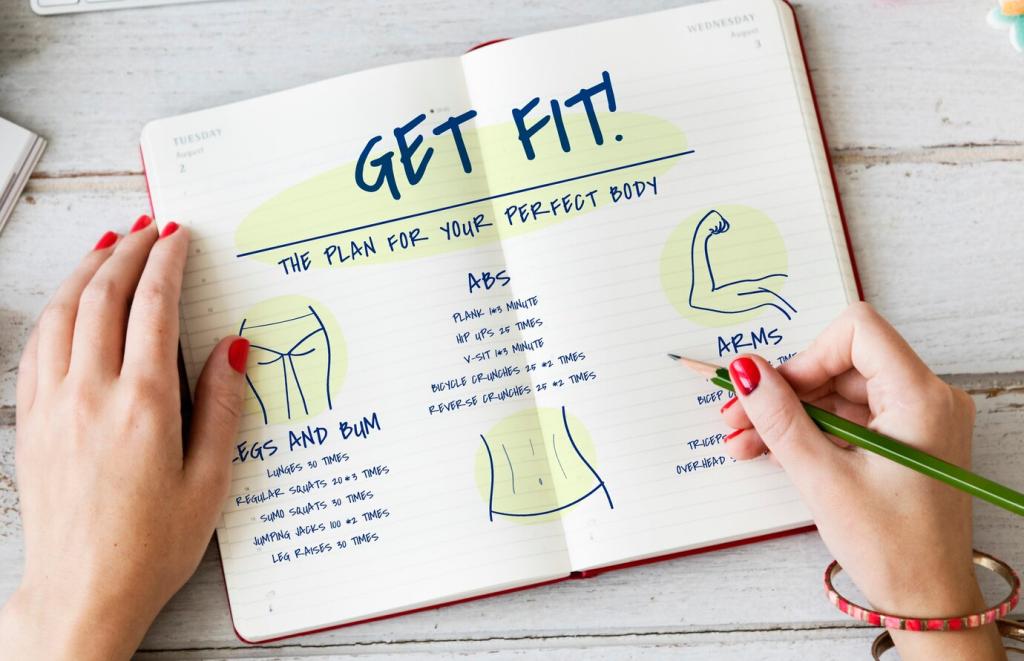Fixing Common Problems Step by Step
Re-web with jute using a webbing stretcher, add burlap, then foam and batting. Replace broken sinuous clips if needed. I restored my grandmother’s chair this way; it finally sat proudly again.
Fixing Common Problems Step by Step
Open the seam with a ripper, re-stitch with a ladder stitch, and reinforce from the underside with a discreet patch. Dab fray preventer on raw edges to keep the repair clean.





